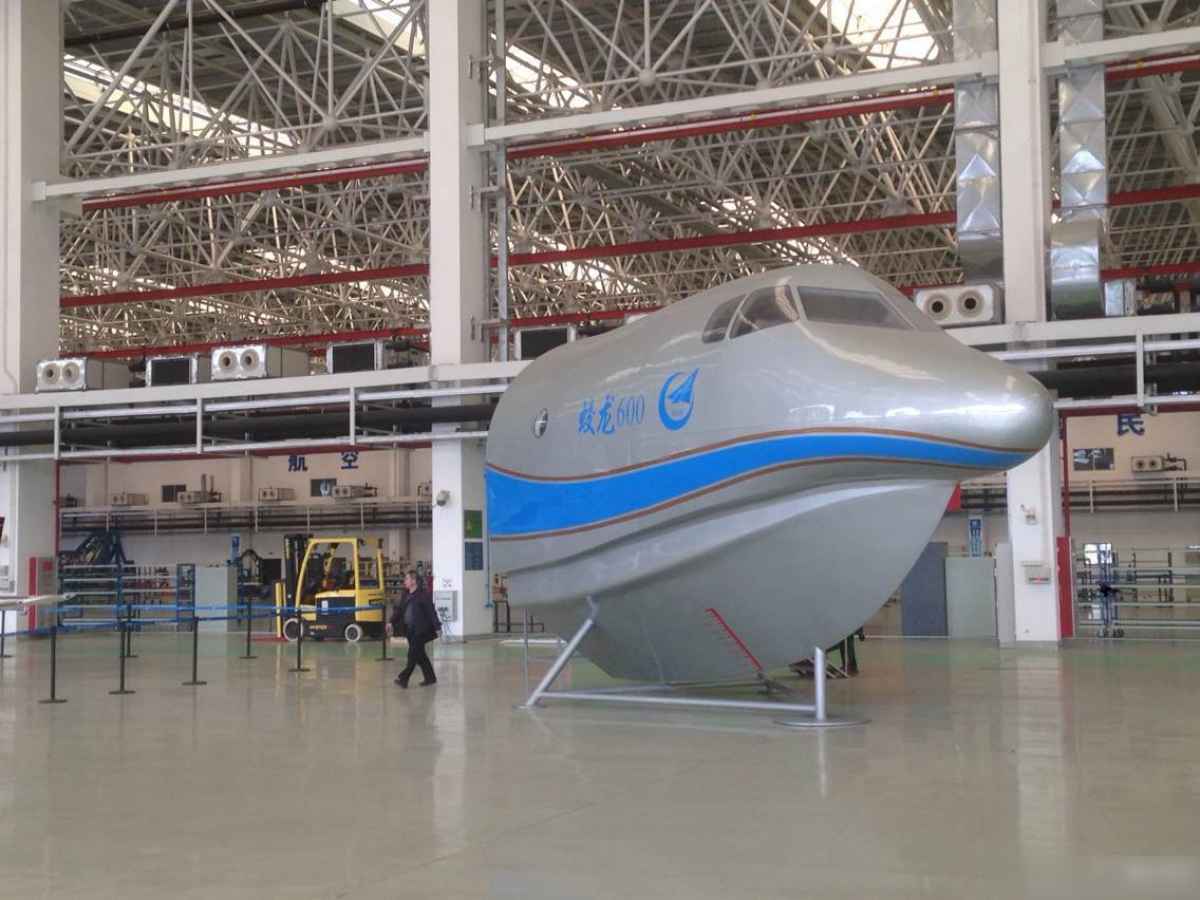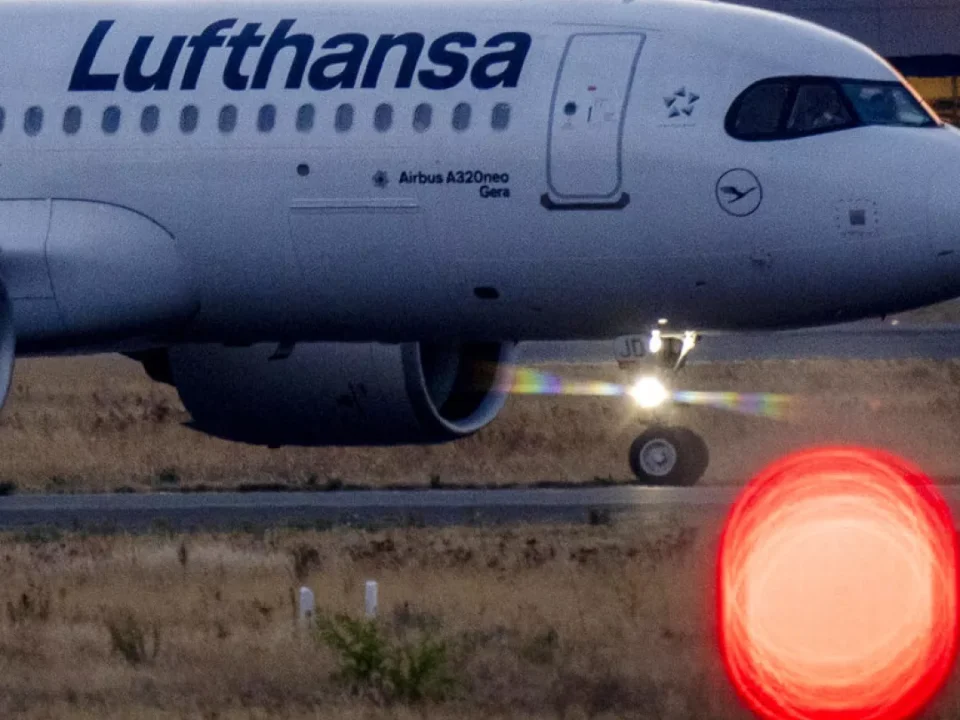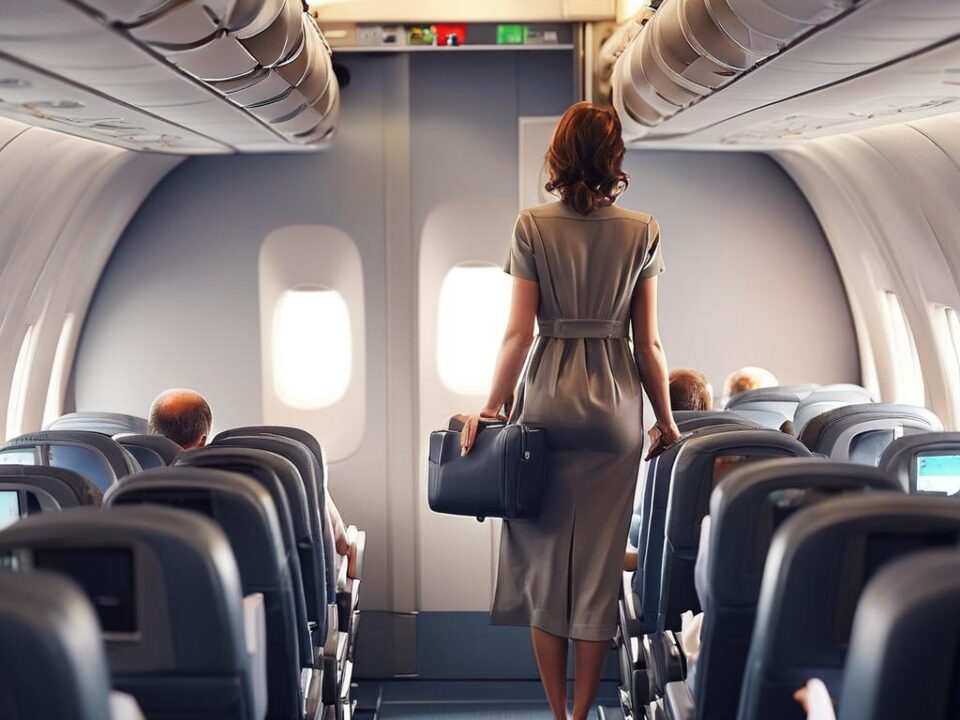Seaplane technology has evolved greatly over the last century. These aircraft, designed to take off and land upon water, came to life just over 100 years ago in Europe.
The Beginning
In 1910, the first successful seaplane took off in France. The inventor of the Hydravion was Henri Fabre. He nicknamed his creation Le Canard or the duck. It had a fifty-horsepower rotary engine and made a 1650-food distance over the water. A year later, Glenn Curtiss made the first successful seaplane flight in the States. In 1919, a U.S. Navy seaplane completed the first transatlantic flight.

Then Comes Amphibious Aircraft
The invention of the seaplane led to the invention of various amphibious aircraft which have been in production for decades. They have their downsides. They are considered heavier and slower, more complex than planes. Plus, they are more expensive to purchase and operate. However, their winning point is versatility; they can land on water or terrain.
There are several models to consider so pilots need to find the right fit. Amphibian aircraft are used in accomplishing life-saving missions. They are also useful for hauling missions. All types of uses of these aircraft apply to outdoor adventure types, sport enthusiasts, charter pilots, cargo haulers, medical professionals and flight enthusiasts. They are all looking for aircraft that can be ready to load up and take off and land from either land or sea.
The Seaplane Giant
As for what’s the latest in the industry – consider that a new world record for the world’s largest sea plane will hit the seas soon. According to an article in The Engineer, the China Aviation Industry General Aircraft (CAIGA) is building the TA-600 which will launch later this year with the ability to take off with 53.5 tons and a range of 5,500 kilometers. That is six more tons capable by today’s current largest sea plane in Japan. The wingspan will be over 40 meters and it will be powered by four turboprop engines.
Seaplane Networks
Various countries with long coastlines and islands operate seaplane networks to help transport people and products. With chains of islands and a rich coastline, Greece is set to have its own piece of the industry by 2016. As we blogged earlier, fixed wing amphibious aircraft also known as seaplanes, flying boats and floatplanes will be part of a Greek seaplane network to connect Greece’s impressive coastline with the islands.
Talks about a Greek seaplane network began in 2000. A seaplane network would also solve various transportation issues including the transport of certain goods. Accessibility to these ports would boost real estate investments. Talks began 15 years ago. However, due to a lack of organization and institutional framework there have been many delays. Hellenic Seaplanes announced earlier this year that 2016 would be the year for the network to take off. The network would offer scheduled flights, sightseeing tours, charter flights, resort transfers, cargo flights and medical evacuation.
Seaplanes have a come a long way in the industry since the first successful flight in a little over a century ago! What would you add to our list of seaplane technology and advances article?




